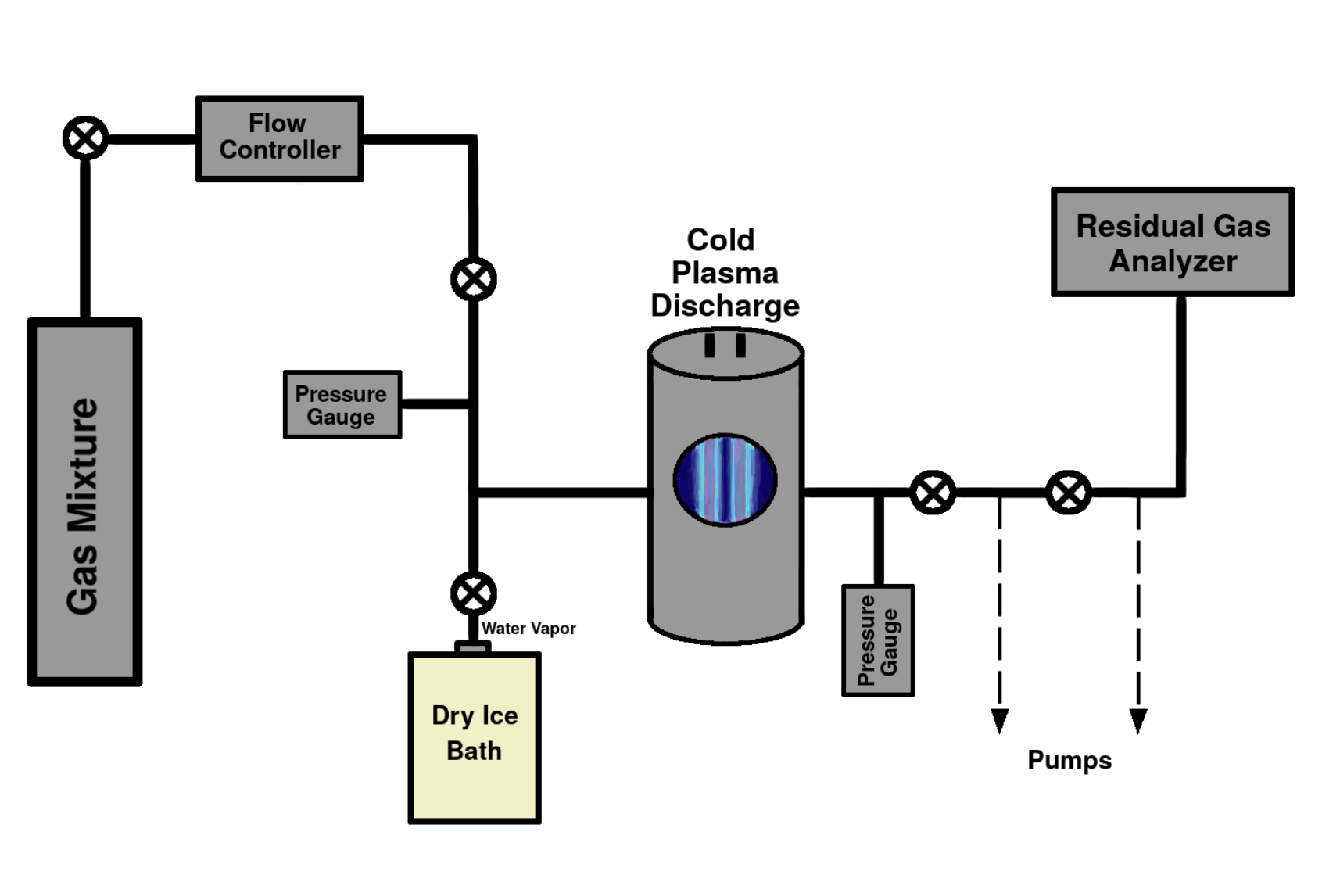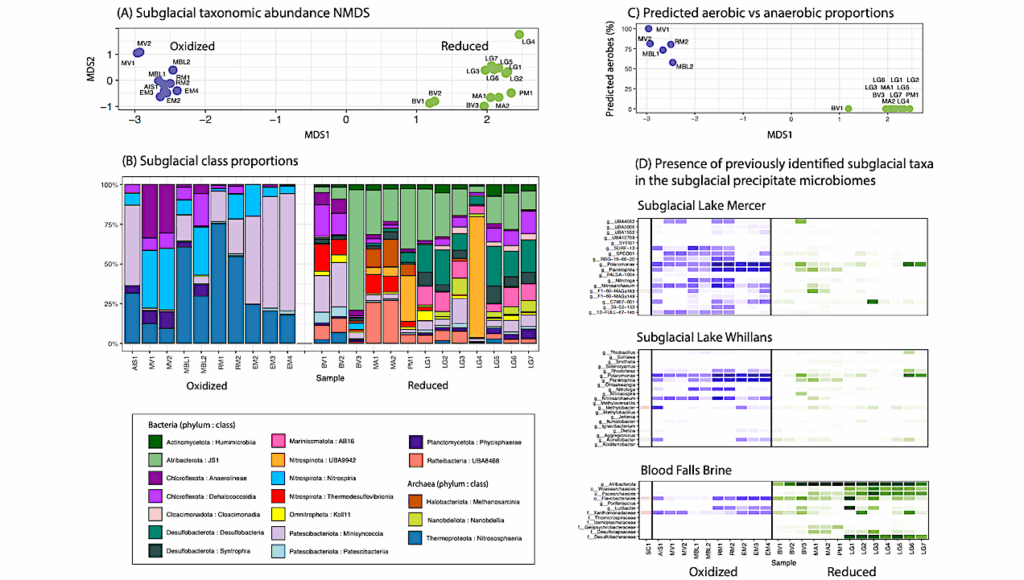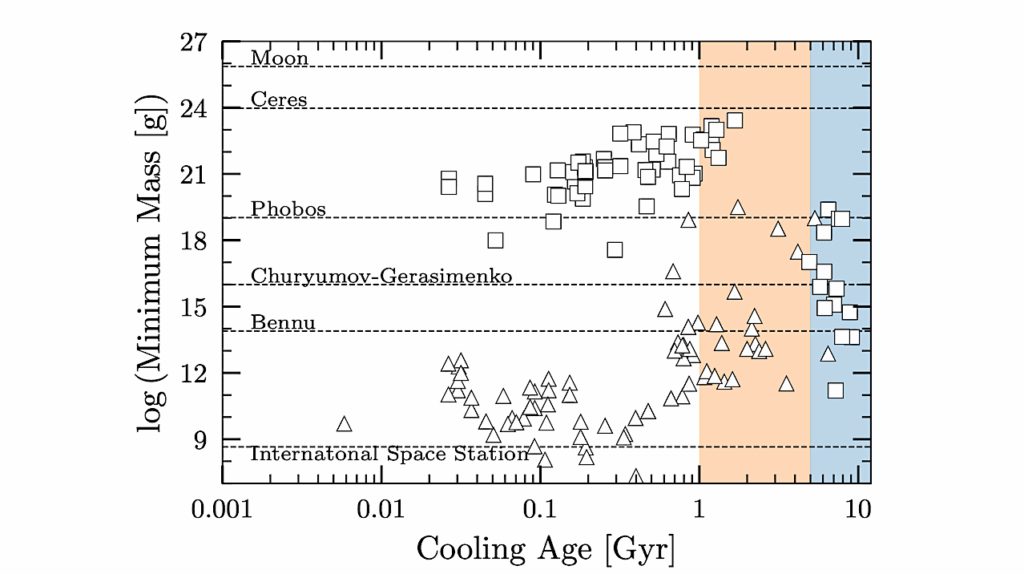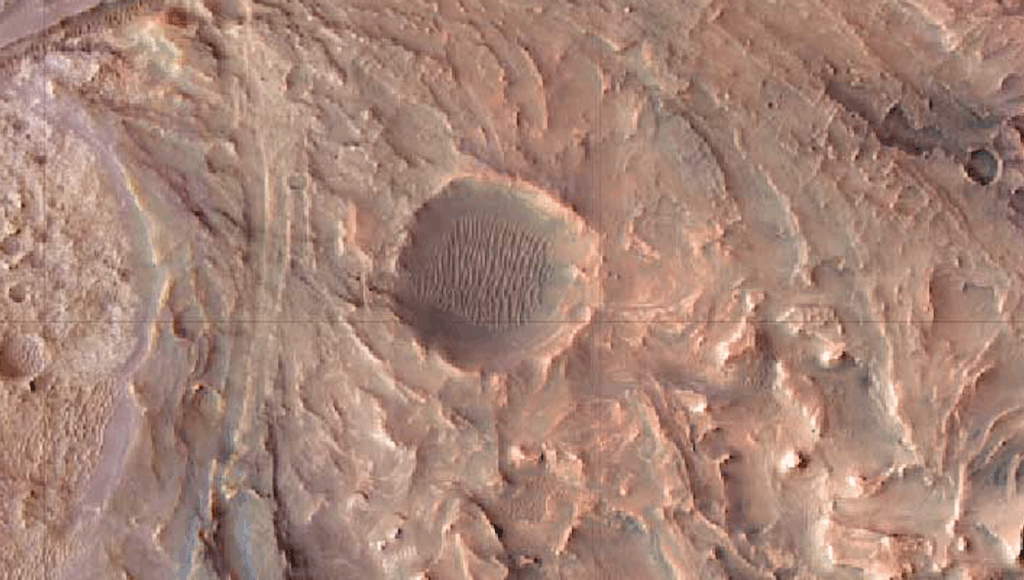An Experimental And Theoretical Investigation Of HCN Production In The Hadean Earth Atmosphere

A critical early stage for the origin of life on Earth may have involved the production of hydrogen cyanide (HCN) in a reducing, predominantly H2 atmosphere. HCN is crucial for the origin of life as it is a possible precursor to several biomolecules that make up RNA and proteins including nucleobases, nucleotides, amino acids, and ribose.
In this work, we perform an in depth experimental and theoretical investigation of HCN production in reducing atmospheric conditions (89-95% H2) possibly representing the earliest stages of the Hadean eon, ~4.5-4.3 billion years ago. We make use of cold plasma discharges – a laboratory analog to shortwave UV radiation – to simulate HCN production in the upper layers of the atmosphere for CH4 abundances ranging from 0.1-6.5%.
We then combine experimental mass spectrum measurements with our theoretical plasma models to estimate the HCN concentrations produced in our experiments. We find that upper atmospheric HCN production scales linearly with CH4 abundance with the relation [HCN] = 0.13 ± 0.01[CH4].
Concentrations of HCN near the surface of the Hadean Earth are expected to be about 2-3 orders of magnitude lower. The addition of 1% water to our experiments results in a ~50% reduction in HCN production. We find that four reactions are primarily responsible for HCN production in our experiments: (i) 4N + CH3 -> H2CN + H -> HCN + H2, (ii) 4N + CH -> CN + H followed by CN + CH4 -> HCN + CH3, (iii) C2H4 + 4N -> HCN + CH3, and (iv) 4N + 3CH2 -> HCN + H.
The most prebiotically favorable Hadean atmosphere would have been very rich in CH4 (> 5%), and as a result of greenhouse effects the surface would be likely very hot. In such a prebiotic scenario, it may have been important to incorporate HCN into organic hazes that could later release biomolecules and precursors into the first ponds.
Ben K. D. Pearce, Chao He, Sarah M. Hörst
Comments: Accepted for publication in ACS Earth and Space Chemistry, 24 pages, 7 figures, 5 tables, Supporting info
Subjects: Earth and Planetary Astrophysics (astro-ph.EP); Atmospheric and Oceanic Physics (physics.ao-ph); Chemical Physics (physics.chem-ph)
Cite as: arXiv:2209.09257 [astro-ph.EP] (or arXiv:2209.09257v1 [astro-ph.EP] for this version)
Submission history
From: Ben K. D. Pearce PhD
[v1] Mon, 19 Sep 2022 18:00:01 UTC (3,449 KB)
https://arxiv.org/abs/2209.09257
Astrobiology, Astrochemistry








